Plateaus Of The World
Jun 27, 2019 • 26 views
These are slightly shallow landform that is somewhat up in height as compared to the suburb in atleast one side. These are found almost in every direction of the globe, occupying a land area of thirty three percent. Other landforms except plateaus are peaks, hills as well as plains.
They are referred to as Tableland. As most of the peninsular part of India is covered by the Daccan Plateau hence peninsular India is called as Tableland.
Tibetan Plateau (Tibet)
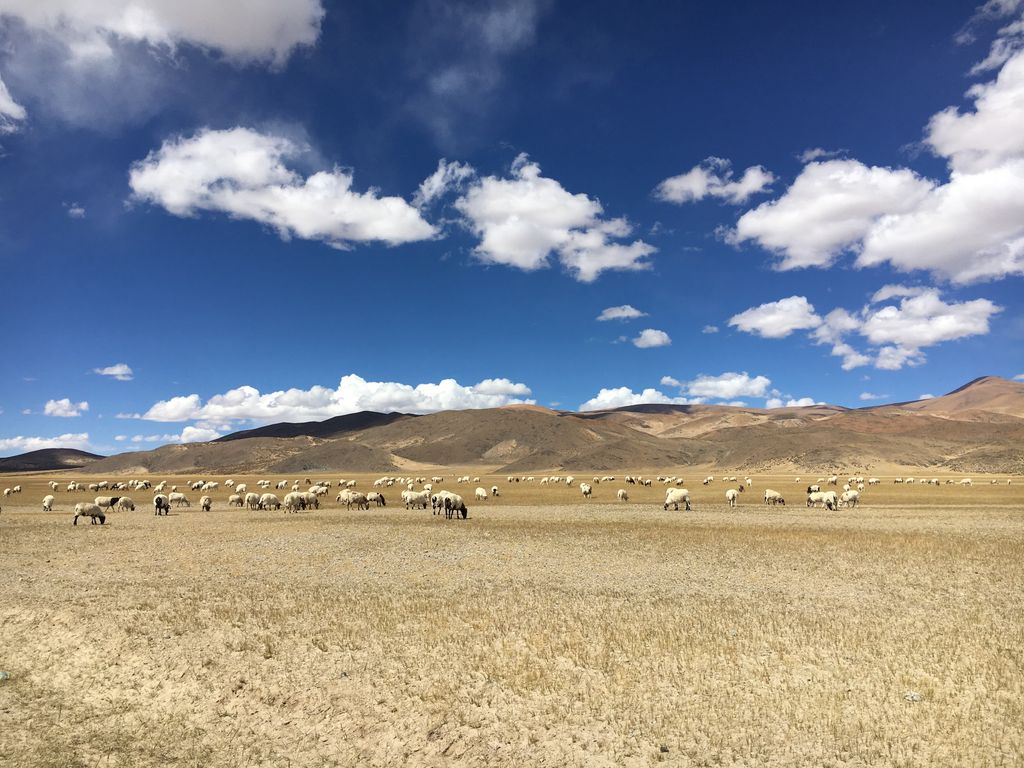
Occupying an area of about one thosand to two thousand and five hundred kilometres, this is the vastest upland. Apart from statistical figures this upland affects climate of ths region too. Prime reason of rain in its region, for sure, is this landmark.
Laurentian Upland (Canada )
It is regarded as one of the largest lithospheric continental shields in the globe. It has the world’s largest Boreal Forests and contains Granite in large quantity.
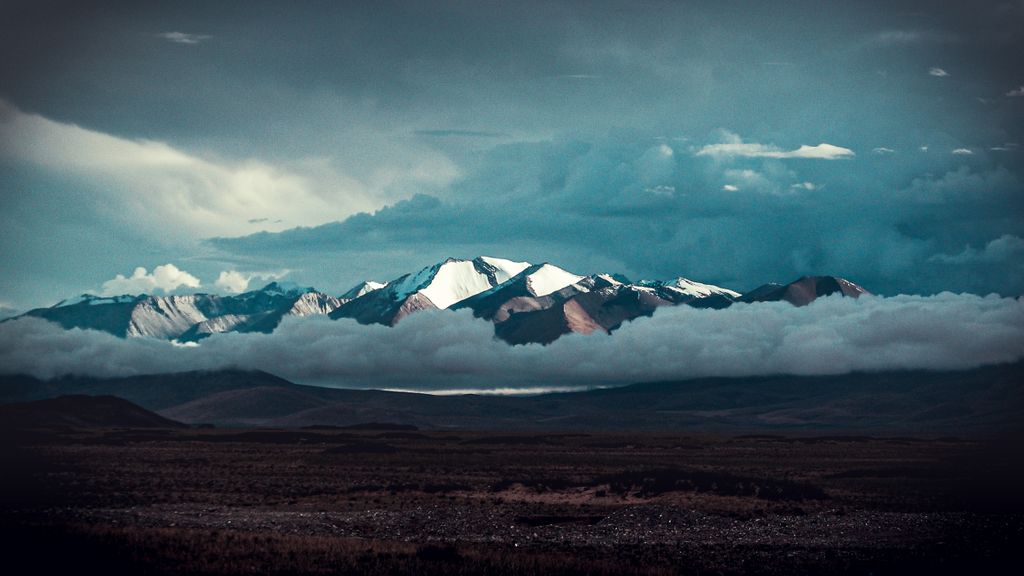
This Canadian shield has only a thin layer of soil, and its north part is really cold. Rocks in the Laurentian tableland are assumed to be of Pre cambrian era.
Colorado Plateau ( USA )
Its name is purely derived from the name of the river Colorado. This upland has nothing to do with Colorado its home is USA.
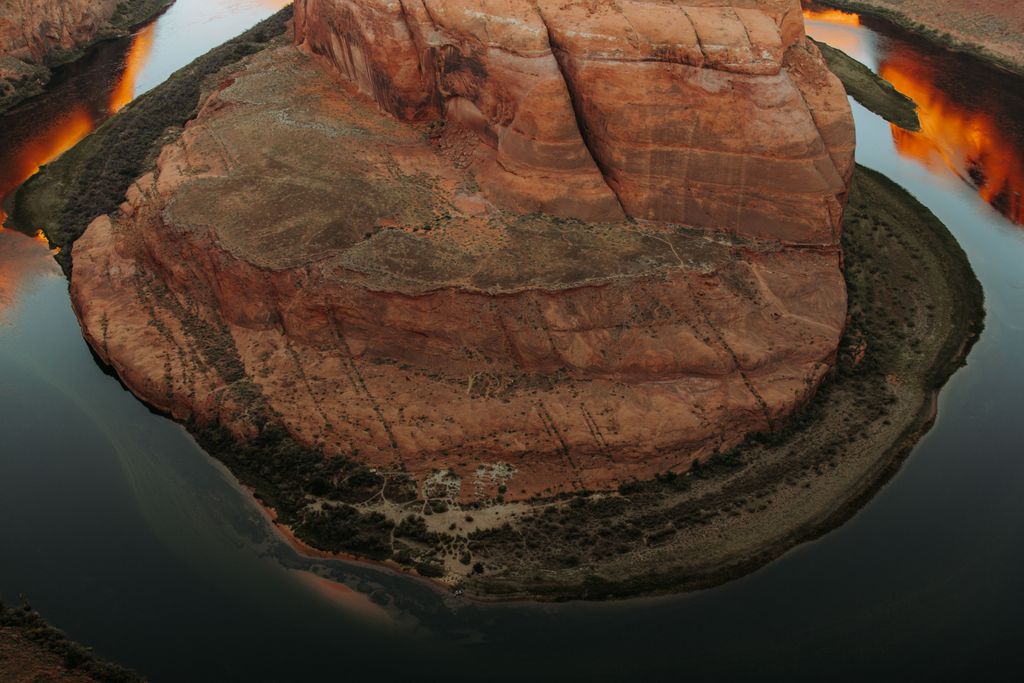
A lot of canyons, flat plains, rivers, mesas and amazing wildlife makes this region extremely beautiful. This area generally comprises of high desert so it is also called as ‘Cold desert.’ This upland is home to wolves, black bear, mountain lions, elks and tons of bird species.
Mexican Plateau ( Mexico )
If you ever visit Mexico, you will notice the central part of the city as this one, most spectacular place to visit there. It possess very fertile soil brcause of proper amount of rain fall in the region.It is surrounded by many volcanoes and exactly at the centre of this upland lies the life of this region, city of mexico, capital of the nation.
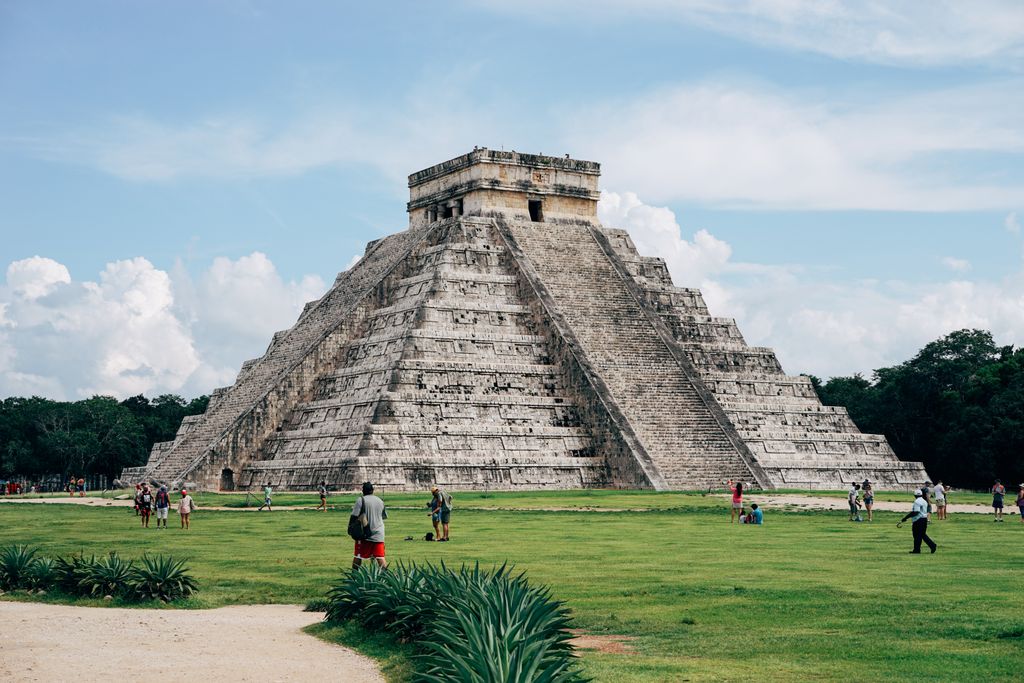
This upland covers forty percent of Mexico’s landscape.In terms of fertility, north region is quite better. South region is not fit for survival of humans, still few families live here.
Deccan Plateau ( India )
This tableland is between three mountain pinnacles, and it extends over eight Indian States. This plateau covers forty three percent of India’s landmass.
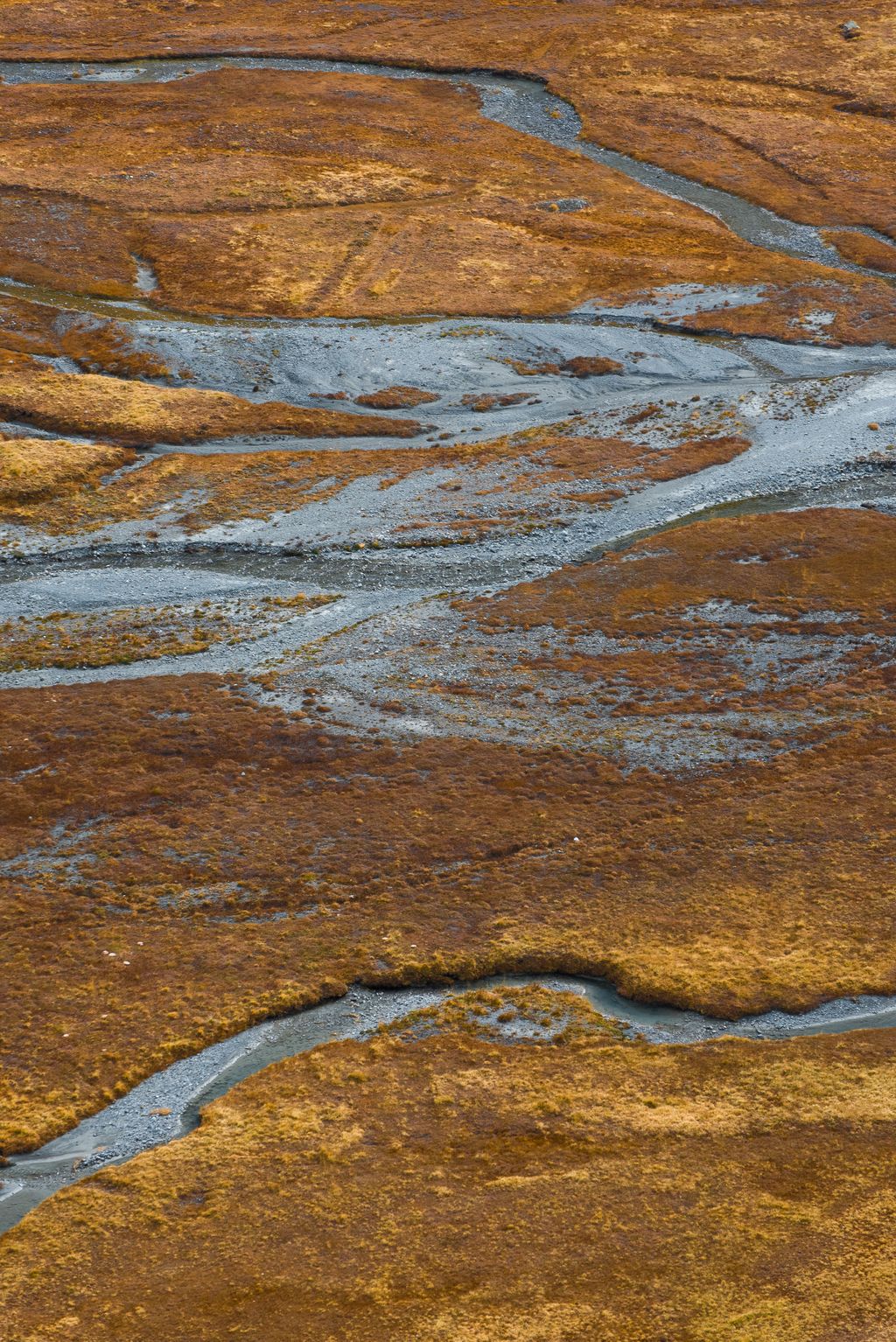
Forests on this upland are much older than Himalayan mountains. This plateau consists of multiple layers of solidified flood basalt that are even more than two thousand metre thick. Its name is anglicised by Prakrit word “Dakkhin.”
Conclusion
In literature, plateau effect refers to the mysterious forces of nature which diminishes the effect of once effective things. Plateau itself symbolises point of stability in life, so we need to learn from plateaus and should not believe in boasting about past.
